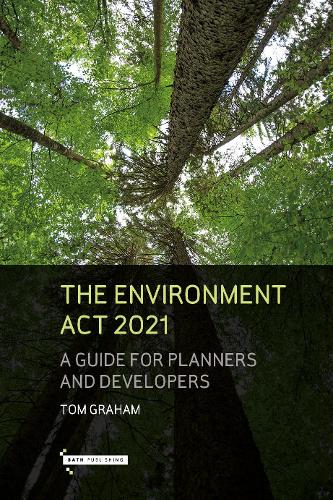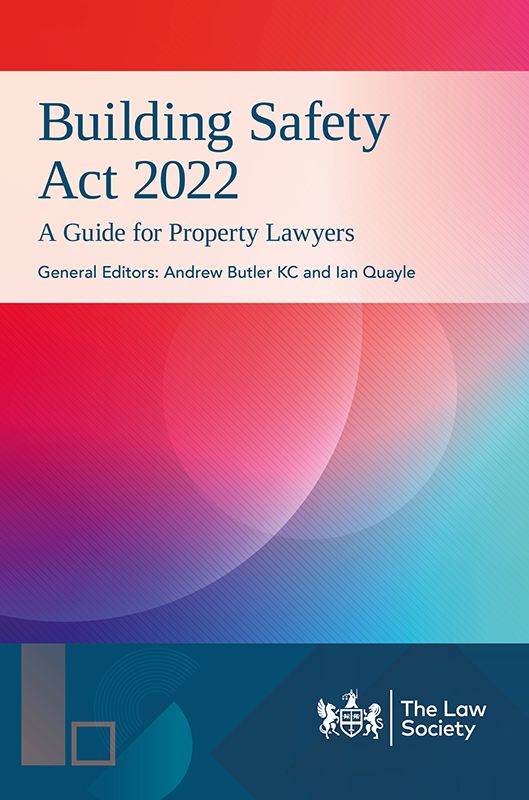Article contributed by Michael Lever
Introduction
This series provides an overview of the practicalities in England and Wales. Specific problems need particular attention; every property and every lease differs, so the series is not a substitute for specific advice.
As I say in my newsletter – Rent Review Matters – rent review is at the heart of commercial property. When a lease is completed, the property’s value enters into the closed relationship of the actual landlord and tenant. Without an agreed or ascertained open market rental value during the contractual term of the lease, the alternative would be a unilateral opinion. The outcome of a rent review is the direction – either positive or negative – the undistorted capital value is taking.
Commercial property markets
Commercial property caters for two markets: landlords and tenants. For landlords, the attraction is the combination of capital and rental growth for property performance. For tenants, it’s the building for use and occupation for business development. Theoretically, both markets should be a partnership sharing the ups and downs. In practice, they are often at odds with each other. However, the conflict of interest is tenants who do not want to pay more than necessary and landlords competing with themselves.
In the landlord market, capital values become distorted when the objective fundamental value is out of sync with the subjective. The cause of the problem is the effect of interest rates having created a higher level than the fundamental value.
In the investment market for commercial property, the objective value is (1) the vacant possession value of the property and (2) its higher value when leased. Unlike the tenant’s occupation, which is dynamic and busy, the landlord’s occupation is monotonous, waiting patiently. Restless, subjective worth is symptomatic of a play on yield compression. Theoretically, a purchase price should be on (1) or (2). In practice, it is often an overpayment. So when the underlying rental value at the outcome of the review to market rent is lower than the rent payable before the review, despite the ‘upward-only’ cushioning the rent payable after the review is agreed or ascertained, the gambling on yield propels the investment into a higher risk than is sustainable. If the investment is mortgaged, and the loan-to-value covenant is breached, then the borrower is at the lender’s mercy.
Understandably, tenants want to reduce property costs, minimise liabilities, and profit from the savings in their market. When they achieve their objectives, it is at the expense of their landlords. Whether landlords can afford it depends upon the purchase date and the effect on net asset value. It is not simply a direct investment that can be affected adversely by the distorted value but also indirectly via a property fund or company whose shares are quoted on a stock exchange. Given that successful investment in the commercial property market hinges upon the words on a few sheets of paper, it shows how important it is for the outcome of a rent review to be an increase. This is why the trend is for index-linking rather than risk the cost of agreeing or ascertaining rent review to the open market value.
Despite template leases attempting standardisation and volumes of caselaw to iron out the creases, the commercial property market remains imperfect. In a perfect market, everything known about a property would be known by the landlord and the tenant, and neither would profit from the relationship.
Rent review complexities
In practice, ‘how to do a rent review’ is more than reading about the hypothetical lease, assumptions and disregards and applying the rent(s) of comparable evidence with the property in question. It is also about the provisions of the lease – the words and phrases that make up the totality of a lease, for it is the entire lease and any related documents that must be read for a rent review – many of which have a bearing on the rent such that a single word or subtle phrase can make a substantial difference to the rent.
In my experience of taking over negotiations from one of the parties frustrated by the failure of the other party to respond or counter-offer as much as is wanted, the tendency of what has gone on before is to have dived into the deep end of the rent to begin with as if that were the only way to start. My approach is to start at the shallow end, to agree on the factual common ground – for example, valuation area, terms and conditions in the lease material to the review, caselaw, etc. – before considering the evidence and how comparable it is. Where I am acting for the landlord, the tenant’s surveyor invariably will assert that if I cannot provide any evidence supporting an increase, then it must be a nil increase. I say that is nonsense since, per case law, a rent review is for the benefit of both parties, so we should work together to establish the market rent. Whether that cuts any ice depends upon the tenant’s surveyor’s stance. I often find that the tenant’s surveyor expects me to do all the running so that all they need to do is find flaws in the reasoning.
Depending upon whom I’m up against or acting for makes a difference between whether I persevere or defeat the resistance by initiating the dispute procedure with the aim that the other party will baulk at how much referral is likely to cost, so concede.
As my approach takes time, generally longer than the client might envisage, and a lot longer when the dispute resolution procedure goes all the way to an award or determination for which carefully crafted representations are very time-consuming, the entire matter might take ages from start to finish.
I hope you have enjoyed this series and found it helpful. The next series, starting in January 2024, will be ‘How to Do a Lease Renewal’.
Compliments of the Season.






